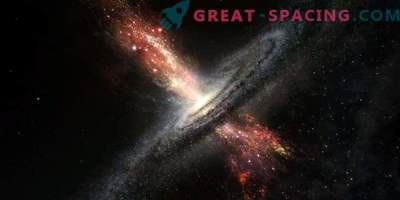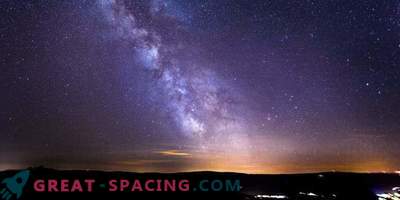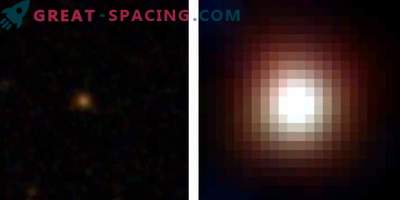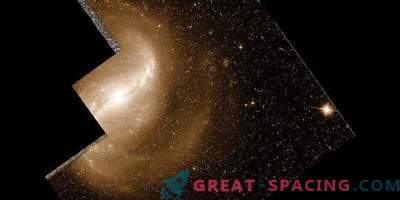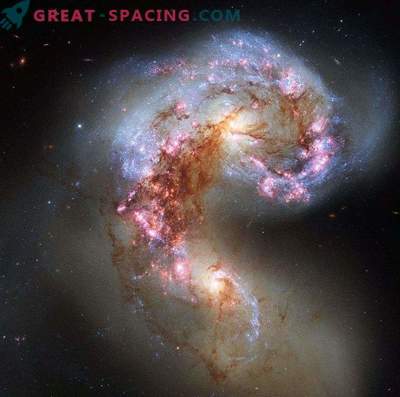
If we compare the Milky Way with other galaxies, then ours seems relatively calm. In fact, there are galaxies that are 1000 times lighter than the Milky Way due to the presence of warm gas in the central molecular zone. This gas is heated by massive bursts of stellar birth that surrounds a supermassive black hole (CW).
In the core of the Milky Way, there is also an ACE - Sagittarius A *, and all the gas needed to form new stars. But for some reason, the level of star birth is below the average. To understand this, scientists conducted an extensive and comprehensive study of the Central Molecular Zone.
When analyzing, scientists relied on the Submillimeter Array (SMA) radio interferometer located in Hawaii. They managed to find a sample of 13 powerful nuclei in the dusty ridge of the molecular zone, which could be young stars at the initial stage of development. The mass of the core reached 50-2150 solar, and radii - 0.1-0.25 parsecs.
They also identified two objects that were previously unknown to high-mass protostars. Everything indicated that the stars in the zone had the same formation rate as the stars on the galactic disk. But there were significant pressure drops. To determine that the external pressure in the molecular zone is greater, the researchers followed the spectral lines of formaldehyde and methyl cyanide molecules. This allows you to measure the temperature of the gas and its kinetics. Everything indicated that the gaseous medium was too turbulent, which prompted the idea of the responsibility of the turbulent medium for the suppression of stellar birth.
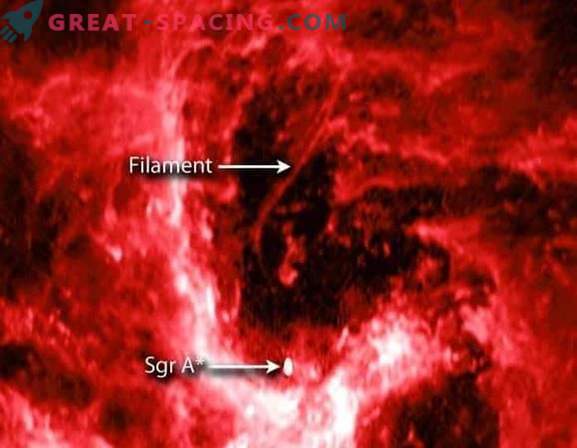
Radio image from a very large array displaying the galactic center
The fact that more than 80% of these stellar cocoons show no signs of activity in a high-pressure environment leads to the conclusion that the critical density threshold for star formation in the molecular zone should be increased due to turbulence.
So the speed of star birth in the zone depends not only on the amount of gas and dust, but also on the nature of the gas environment. The data will help in future studies of the Milky Way and other galaxies.



